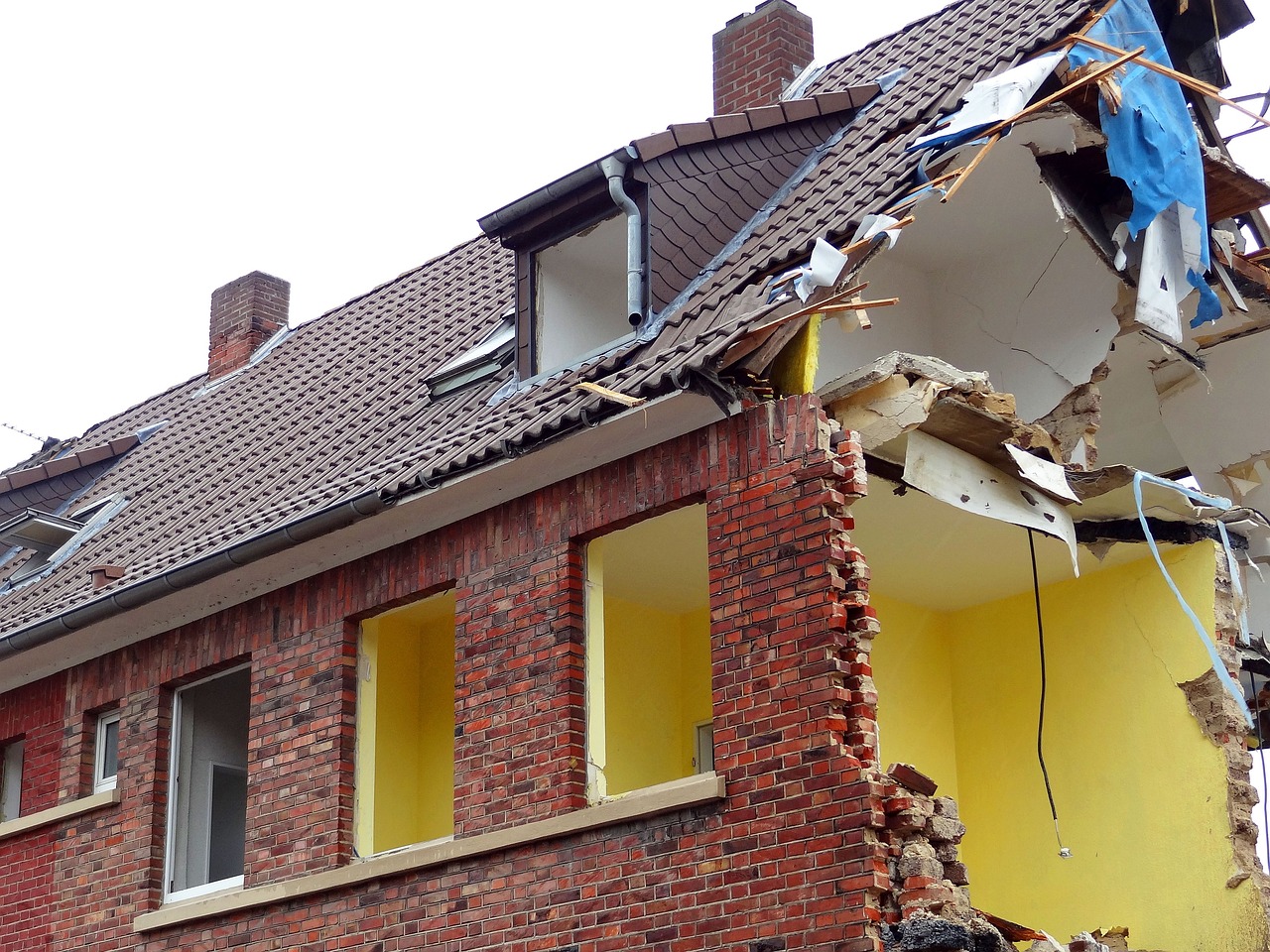 Cavity Wall Insulation materials
Cavity Wall Insulation materials
The National Insulation Association represents UK installers and insulation material manufacturers, and its members follow a Code of Professional Practice. You can find a local installer by using their postcode locator. Cavity wall insulation done by NIA members is covered by a CIGA (Cavity Insulation Guarantee Agency) certificate, guaranteeing the work for 25 years. Inspection and certification of insulation products and installers is undertaken by the British Board of Agrément.
The insulating material is injected into the gap between the two skins of brickwork through holes drilled at regular intervals into the mortar joints. Quality control systems ensure that the cavity is filled to the correct density. Cavities can be inspected before or after installation with a borescope if necessary. A thermal imaging camera will show any “cold spots” where insulation may not be present.
The main insulants for cavity wall insulation are as follows. All have similar insulation properties:
Blown mineral wool
Either rock wool or glass wool, is inert and inorganic, and should be free of CFCs and HCFCs. Manufactured to BS3533:1981, it has zero ODP (ozone depleting potential) and zero GWP (global warming potential). It is blown into the cavity starting at the bottom, and it is important to check that filling is even and to the correct density.
Beads and granules
Expanded polystyrene (EPS) beads are now made using pentane as a blowing agent, therefore are free of CFCs and HCFCs. They are spherical with diameters varying from 2mm to 8mm. They are very free flowing and therefore require fewer injection holes. They are usually coated with adhesive to limit their potential for escape through holes in the inner leaf of the wall, for example, through service entry points. Granules, either EPS or polyurethane, are irregular in shape and are less free-flowing. There is no fire hazard where the cavity is capped at eaves level.
Urea Formaldehyde foam
UF foam consists of a resin and hardener solution injected with compressed air into the cavity. After injection, the foam dries and hardens, producing formaldehyde vapour which may enter the dwelling if the inner leaf is not well sealed. Formaldehyde vapour can cause allergic skin reactions and irritation to the eyes or upper respiratory tract. However, once it disperses there is no ongoing problem, and ventilation of the dwelling quickly removes any traces of formaldehyde.
Polyurethane foam
Polyurethane cavity wall foam consists of thin liquids mixed together and injected into the cavity. The mixture expands in the cavity, adhering to both leaves. The foam’s thermal insulation value is very good, but it is more expensive than the other products.
Natural fibres or recycled materials are not generally available for cavity wall insulation.

Cavity Wall insulation and dampness
Cavity wall insulation does not cause dampness. Cavity walls were originally introduced to avoid the dampness problems experienced by older solid walled dwellings. Some people think that filling the cavity (which effectively bridges the gap between the two leaves of the cavity wall) will lead to a greater risk of dampness passing from the ‘wet’ outer leaf to the ‘dry’ inner leaf. In fact, this is not the case. The insulation repels moisture. A government-sponsored independent study carried out in the mid-1990s found that filling the cavity with insulation does not cause a greater incidence of damp problems than occur in cavity walls that have not been filled with insulation.
|
Damp issues |
Filled cavities |
Unfilled cavities |
| Condensation | 10% | 14% |
| Damp | 3.5% | 8% |
| Rain penetration | 0.26% | 0.22% |
| Other issues | 2.4% | |
| No problem | 84% | 78% |
However, any house where it is installed must be in good condition and well-maintained, otherwise the insulation may show up areas of penetrating dampness or condensation which may have occurred anyway due to structural problems or the walls not being correctly built. For example problems may occur if any of the following applies:
- Rubble at the bottom of the cavity or mortar droppings on the wall ties due to careless construction
- Poor pointing
- Spalled brickwork
- Rubber or EPDM materials on roofs can help with installation. More
- Penetrating dampness for example around badly fitting windows
- Poor ventilation causing condensation
- Thermal bridges, for example concrete lintels or floors, or where the cavity is closed at reveals or eaves level provide colder surfaces where condensation may form. Internal insulation at these points should solve the problem.
- Failed or missing damp proof courses – for example early cavity wall construction did not include damp proof courses at window reveals.
In most cases it is possible to remedy the problem before having cavity wall insulation installed.